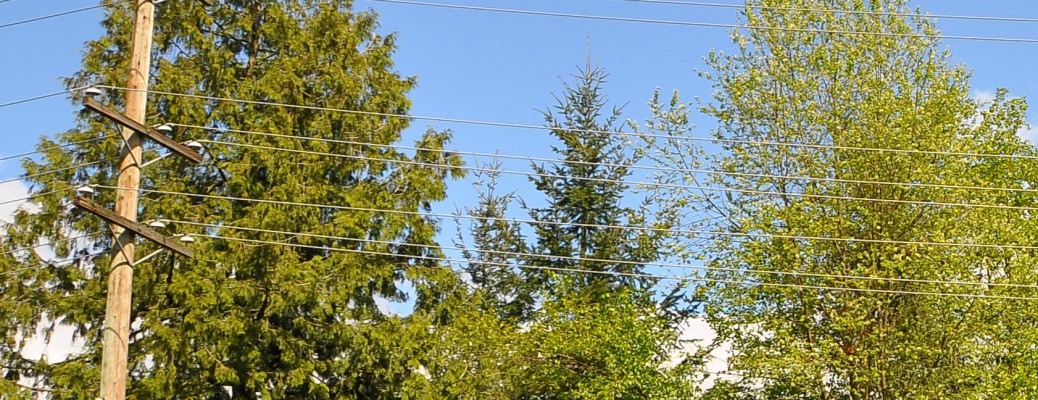There are multiple criteria that utility companies should consider when selecting feeders to instrument as part of the state wildfire mitigation project. Several such criteria are discussed below. It should be noted that it is neither reasonable nor necessary for all selected feeders to meet all criteria.
Geographical wildfire risk – The Texas A&M Forest Service provides real-time, GIS-based, wildfire risk assessments. These assessments provide relative estimates, as a function of geographic location, of the risk of fire spread and the risk of property losses. Forested areas and grasslands tend to have elevated long-term wildfire risk. In areas of high long-term risk, short-term risks vary with temperature, humidity, surface moisture, and other factors. For example, a region with tall dead grass may have high long-term risk but low short-term risk on a rainy day. Risk of loss also considers the wildland-urban interface, where rural areas having high risk of ignition border urban areas having higher population density and property value. The utility company also may have institutional knowledge of areas of greatest risk. Long-term fire risk, including proximity to the wildland-urban interface, is a valuable consideration in the feeder-selection process.
Feeder length – Demonstrating the effectiveness of the technology is accomplished best by having a significant number of relevant events occur. Circuit apparatus failures and line-contact events create potential for ignition. It is self-evident that long circuits typical of rural areas have more apparatus that can fail and more miles of circuit exposure than do the shorter circuits typical of urban areas. Consequently a feeder statistically will experience more frequent apparatus failures and other events that represent potential ignition sources than a short feeder will. Selecting feeders having long length and covering large geographic areas contributes to the project objective of documenting a significant number of events.
Trees – Many power line-caused wildfires occur when trees break, fall on power lines, and tear down lines. A given tree may be off the utility company’s right-of-way but tall enough that, if it breaks, it can contact and tear down a proximate power line. Feeders in areas with tall trees may be appropriate for this project.
Feeders with known problems – Not to be overlooked in the selection process is the utility company’s institutional knowledge of feeders having a history of particular types of problems, particularly as they might affect the wildfire issue.
Availability and ease of obtaining Internet service – Each monitoring device requires an always-on Internet connection to a master station computer at Texas A&M. Internet service can be provided through a variety of means, including DSL, cable modem, cellular modem, radio-based Internet, and other means. Internet service is easier to obtain in some locations than in others, but can be obtained in some way in most areas. Utilities are urged NOT to use ease of obtaining Internet service as a primary selection criterion. Because the state wildfire project is about conducting a valid demonstration of capabilities, and therefore the number of feeders for the project is relatively small, utilities are urged to put all other considerations ahead of the ease of providing Internet service, and then “go the extra mile” to provide the service.
